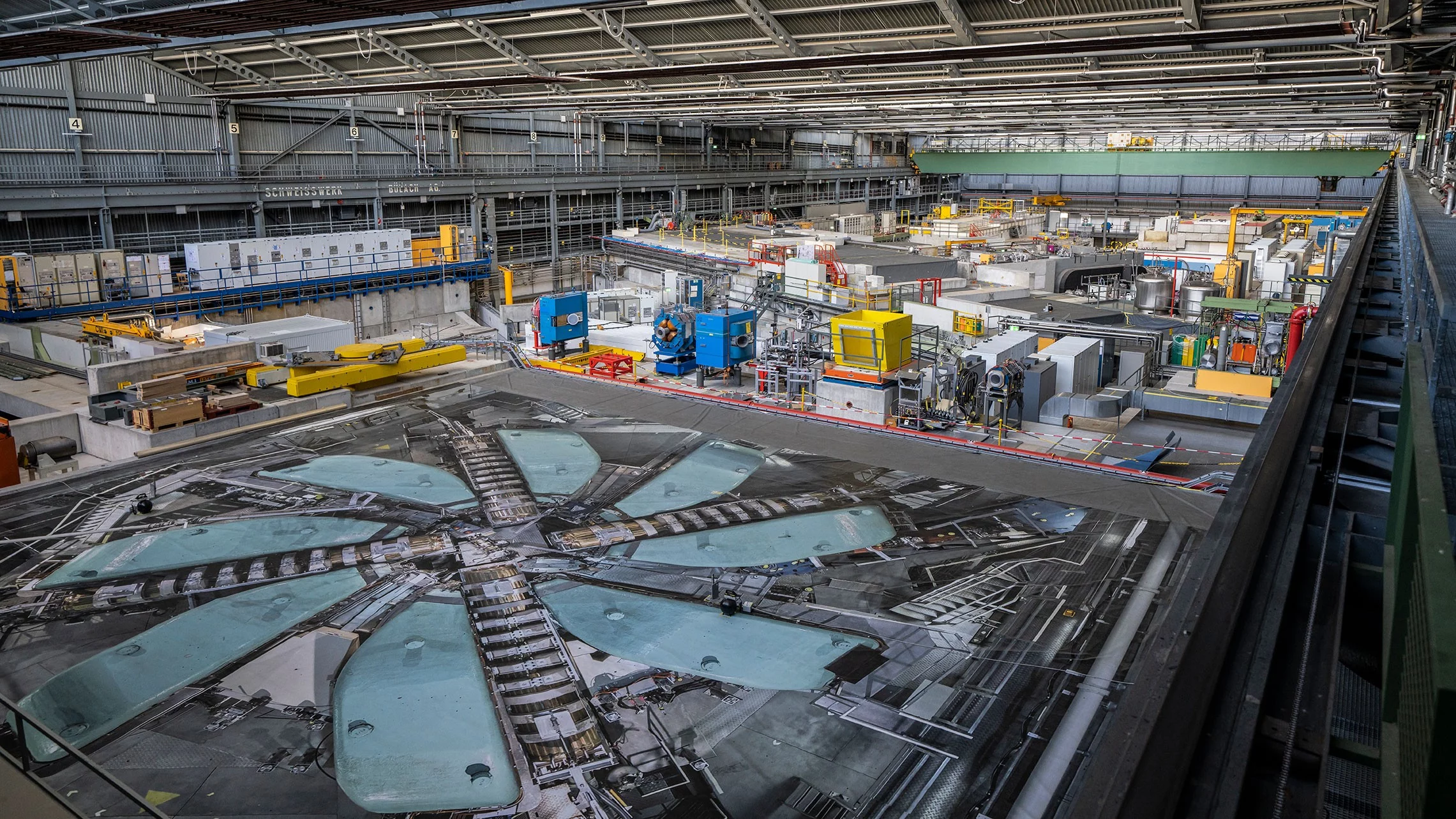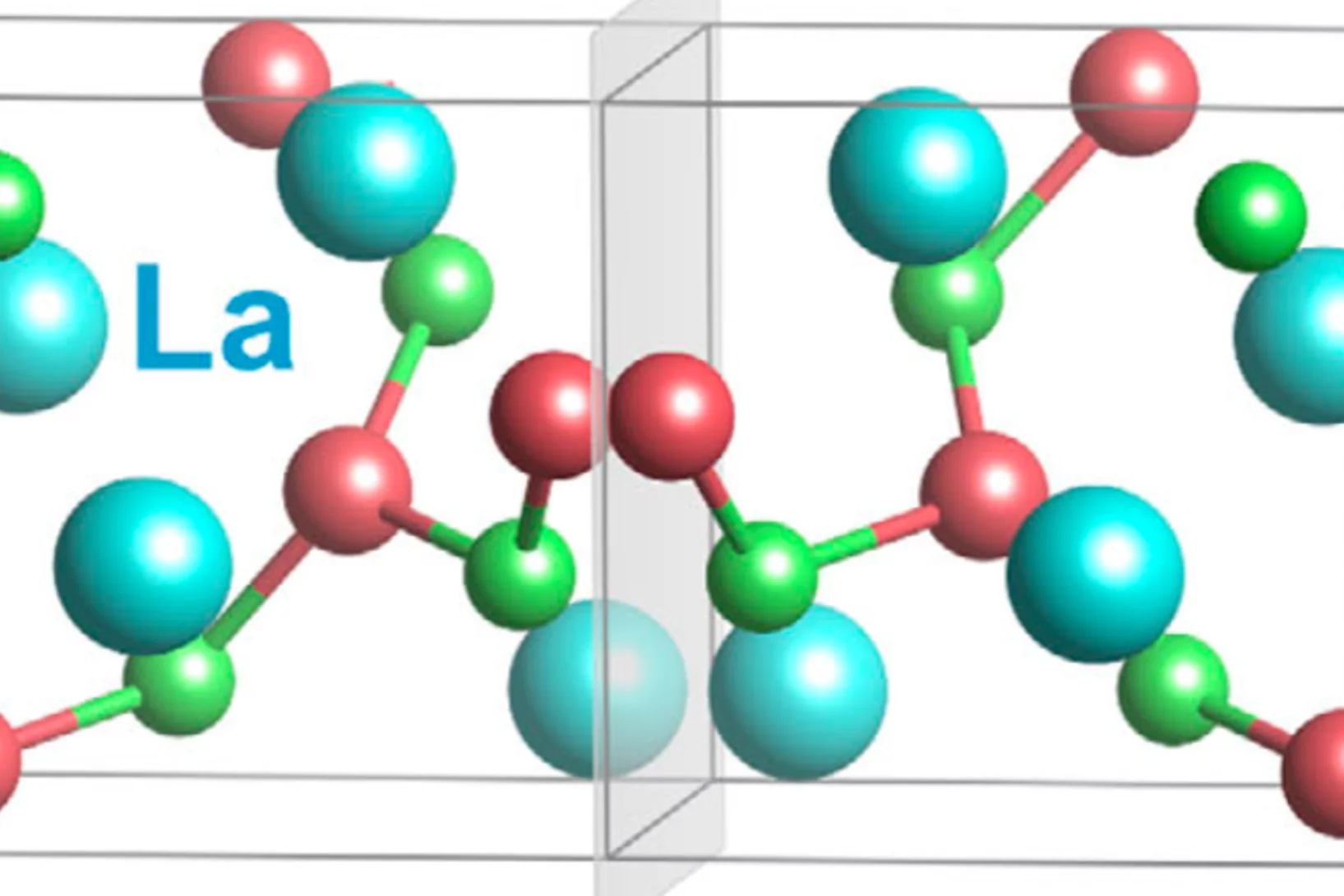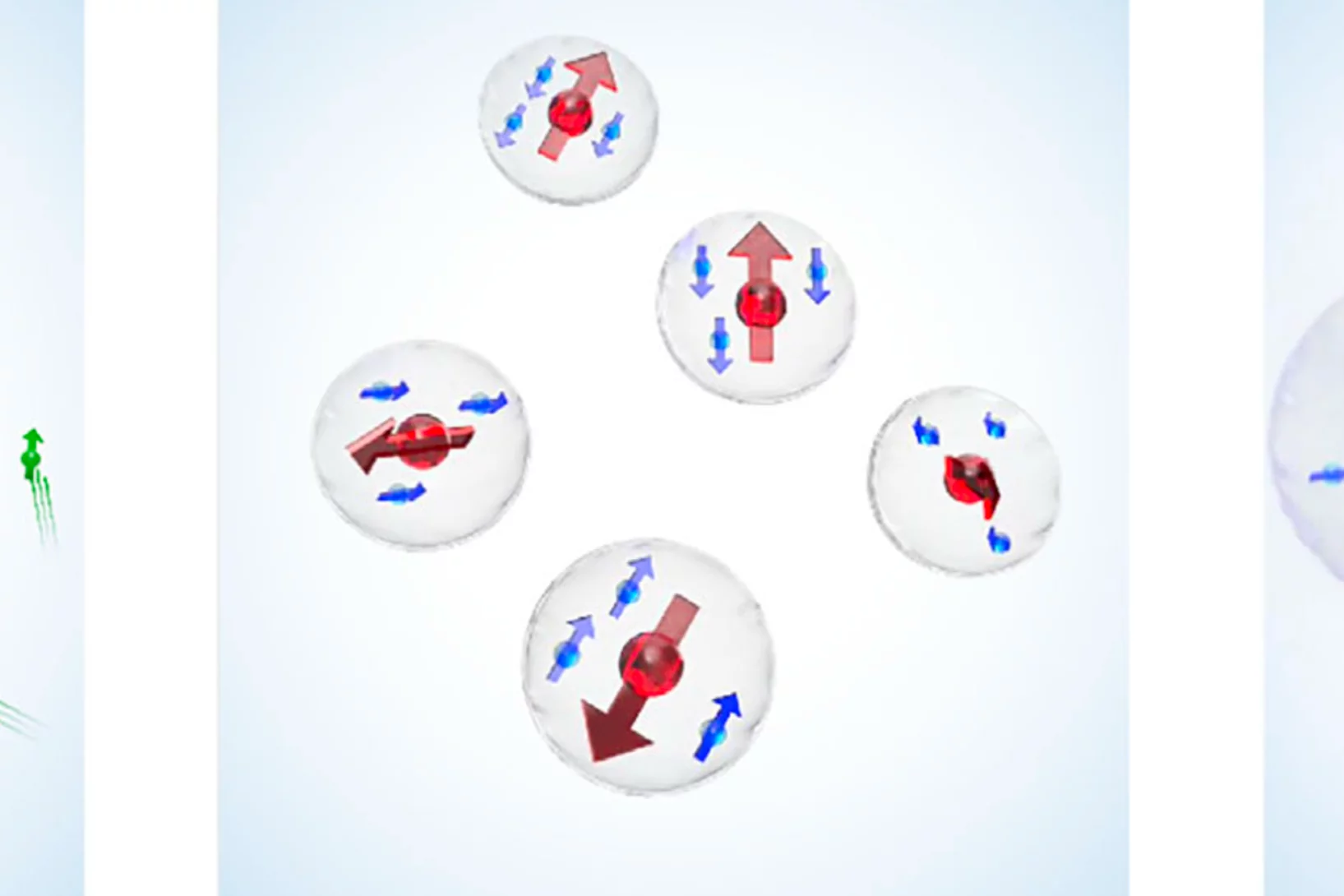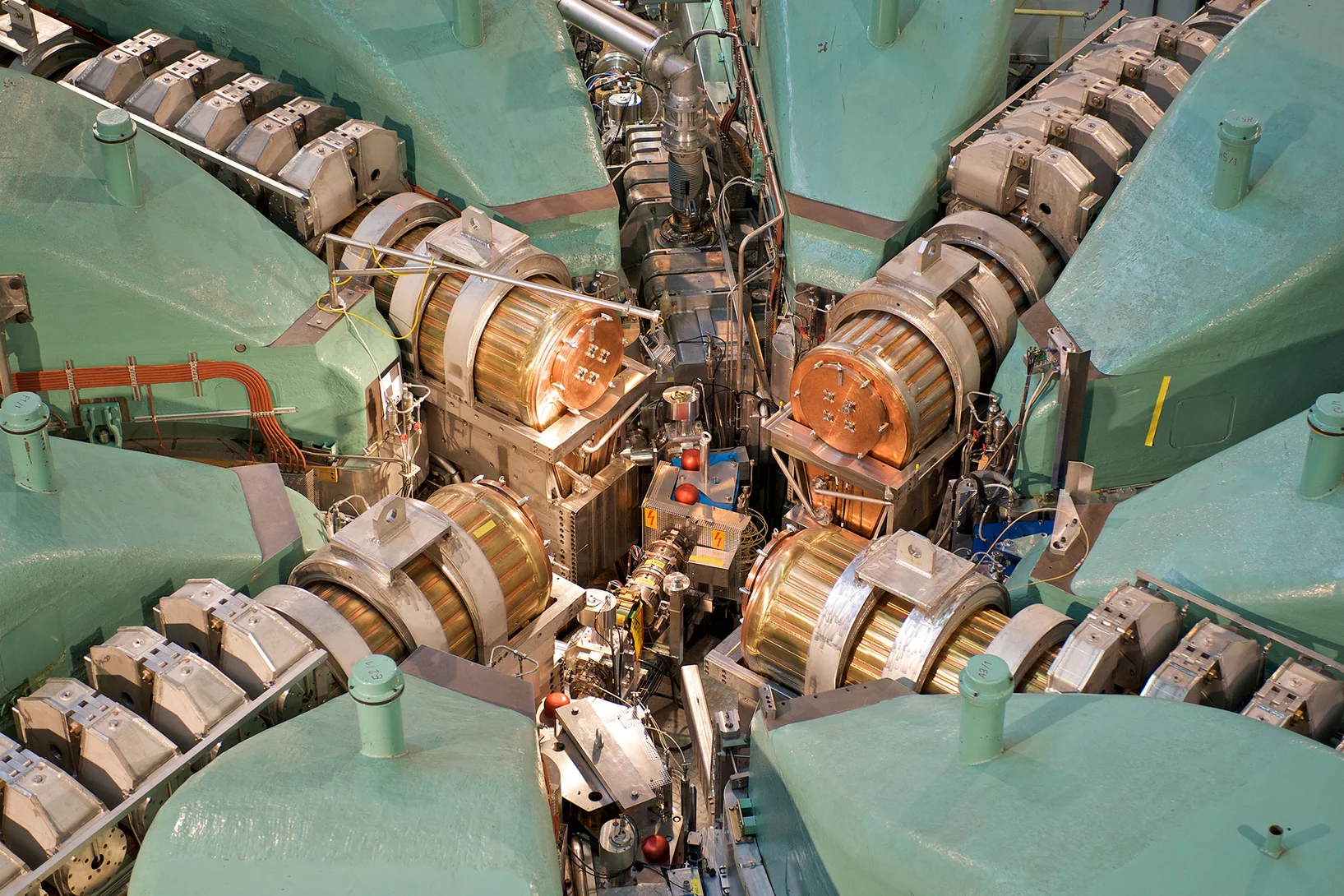µSR - Muon Spin Rotation, Relaxation or Resonance: A research tool using muons as sensitive local magnetic probes in matter.
Research at the LMU focuses mainly on magnetic properties of materials and on positive muons or muonium (bound state of a positive muon and an electron) as light protons or hydrogen substitutes in matter.
Worldwide unique: The Low-Energy Muon Beam and µSR Spectrometer for the study of thin films, layers and surfaces, the possibility to perform high-field µSR with a field up to 9.5 Tesla, and the Extraction of Muons On Request for high frequency resolution and slow relaxation measurements.
Call for Proposals
Next Deadline: December 01, 2025.
Latest Scientific Highlights and News
Discovery of Nodal-Line Superconductivity in Chiral Crystals
Chiral crystals, whose key feature is the structural handedness, host exotic quantum phenomena driven by the interplay of band topology, spin-orbit coupling (SOC), and electronic correlations. Due to the limited availability of suitable chiral-crystal materials, their unconventional superconductivity (SC) remains largely unexplored.
Here, the discovery ...
Ferroaxial density wave from intertwined charge and orbital order in rare-earth tritellurides
The discovery of the axial amplitude mode—commonly referred to as the Higgs mode—in charge density wave systems, such as rare-earth tritellurides, indicates the presence of a hidden order. A theoretical study proposed that this axial Higgs mode arises from a hidden orbital texture of the charge density wave, which produces a ferroaxial charge order.
However, experimental evidence ...
Observation of Magnetic Pseudogap Behavior in Phosphorus-Doped Silicon
The recent discovery of a Kondo condensate in phosphorus-doped silicon (Si:P) presents its significant potential for achieving novel many-body quantum states. Si:P exhibits Kondo condensation, characterized by an energy gap in the electronic density of states, while the precise nature of its magnetic state has yet to be determined.
Here, we utilize ...




